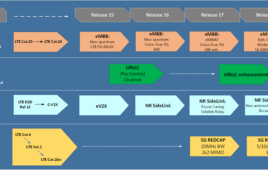If you think you hear your cell phone ringing or feel it vibrating to signal an incoming call or message, but there actually is none, you may have “ringxiety” and be psychologically primed to detect such signals. Insecurity in interpersonal relationships, manifested as attachment anxiety, increases the likelihood of having phantom cell phone experiences, according to a new study published in Cyberpsychology, Behavior, and Social Networking, a peer-reviewed journal from Mary Ann Liebert, Inc., publishers. The article is available free to download on the Cyberpsychology, Behavior, and Social Networking website until March 4, 2016.
Daniel Kruger, PhD and Jaikob Djerf, University of Michigan, Ann Arbor, evaluated and compared the frequency of phantom ringing and notifications among individuals characterized as having either attachment anxiety (worries about being abandoned or their feelings not being reciprocated) or attachment avoidance (keeping distance from partners). In the article entitled “High Ringxiety: Attachment Anxiety Predicts Experiences of Phantom Cell Phone Ringing,” they report that individuals who scored higher in attachment anxiety–indicating that they may seek more reassurance of their partners’ interest–were more likely to experience phantom ringing and notifications.
“There is a growing awareness that ringxiety may result in both immediate and longer term negative health effects, including headache, stress, and sleep disturbances,” says Editor-in-Chief Brenda K. Wiederhold, PhD, MBA, BCB, BCN, Interactive Media Institute, San Diego, California and Virtual Reality Medical Institute, Brussels, Belgium.




